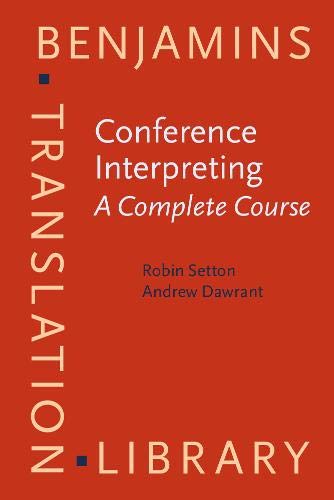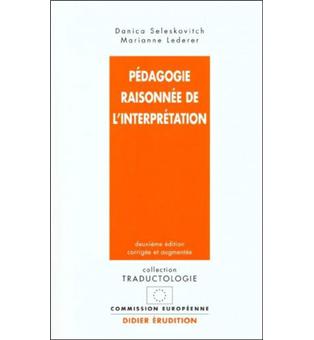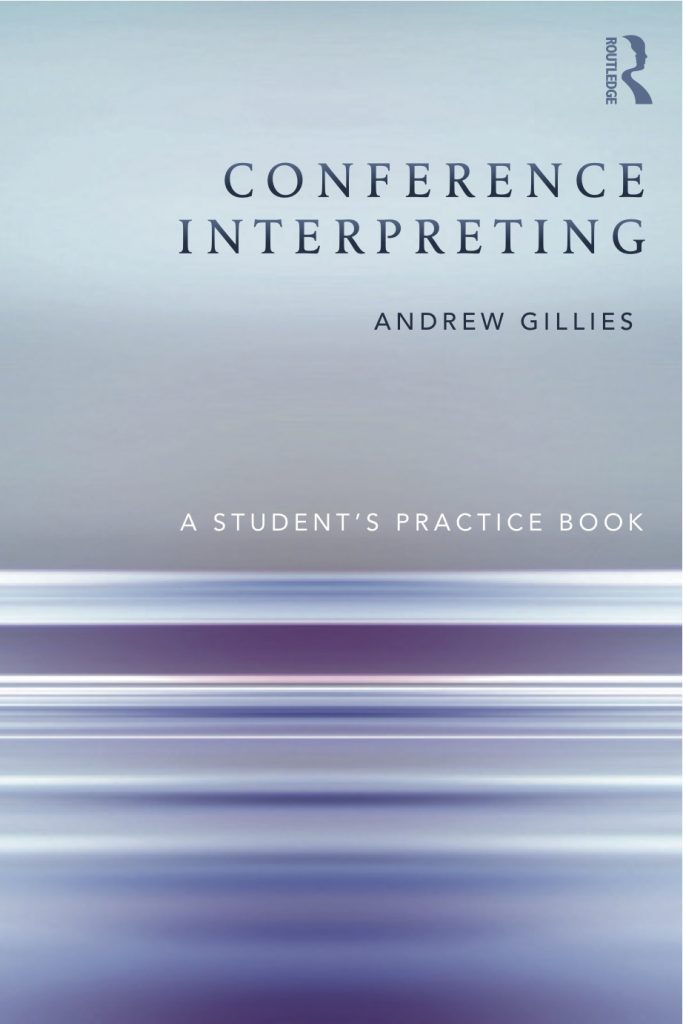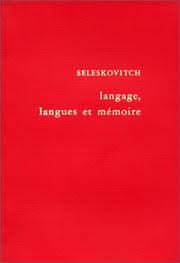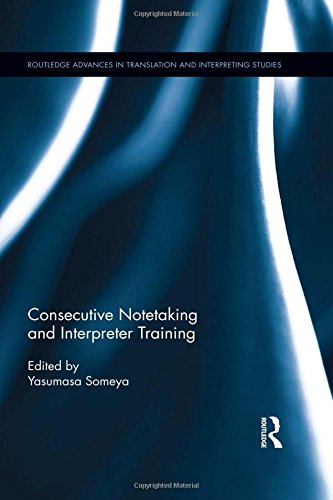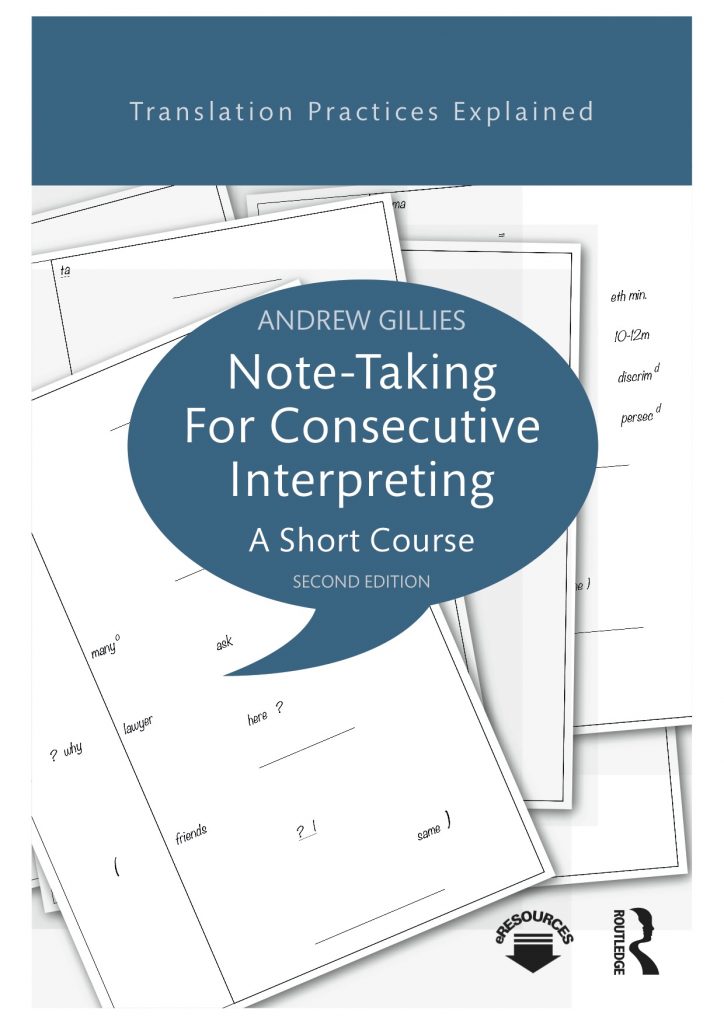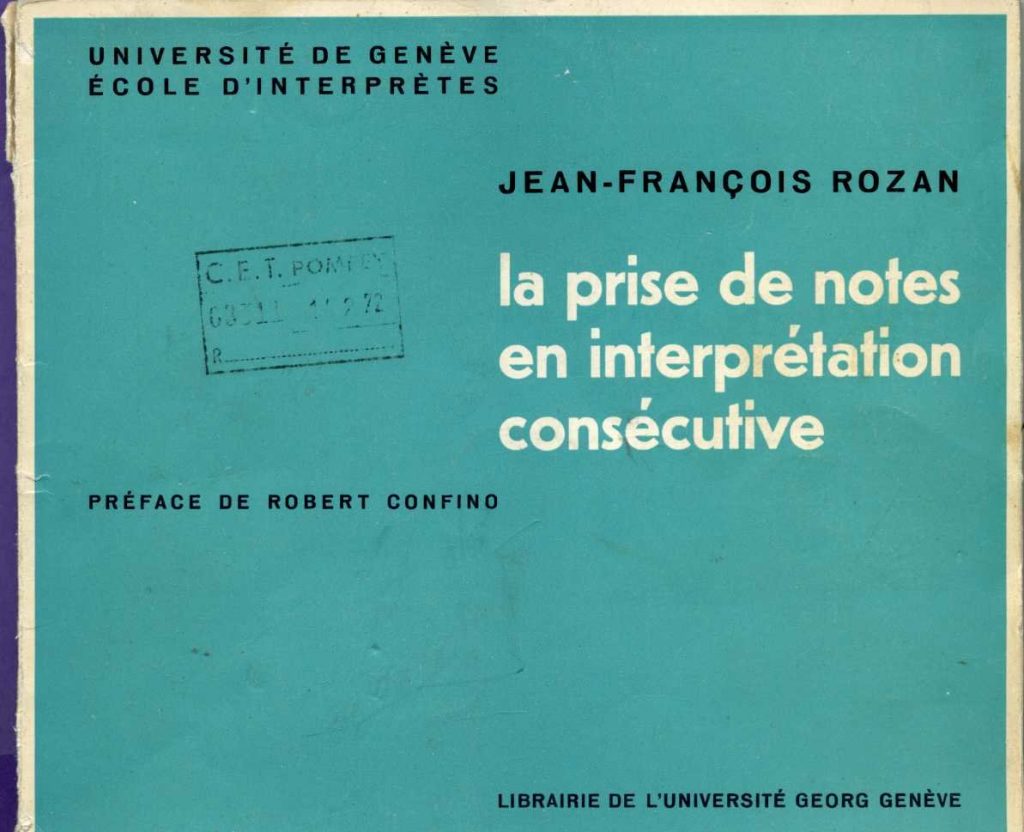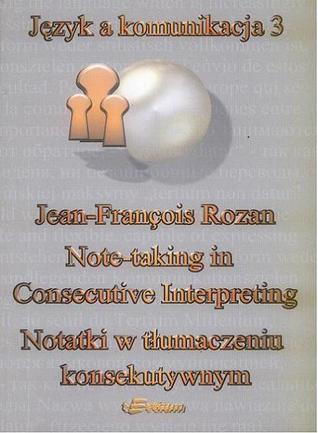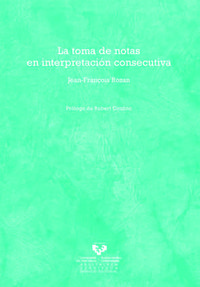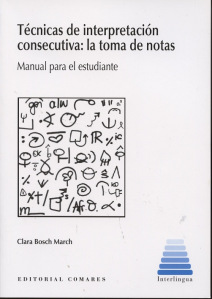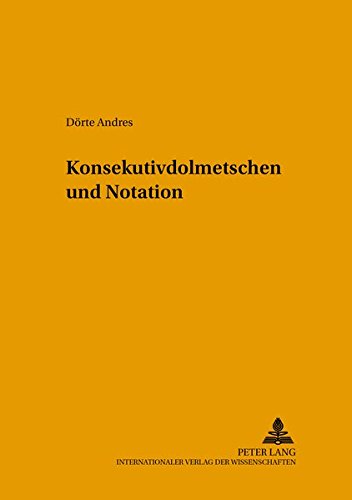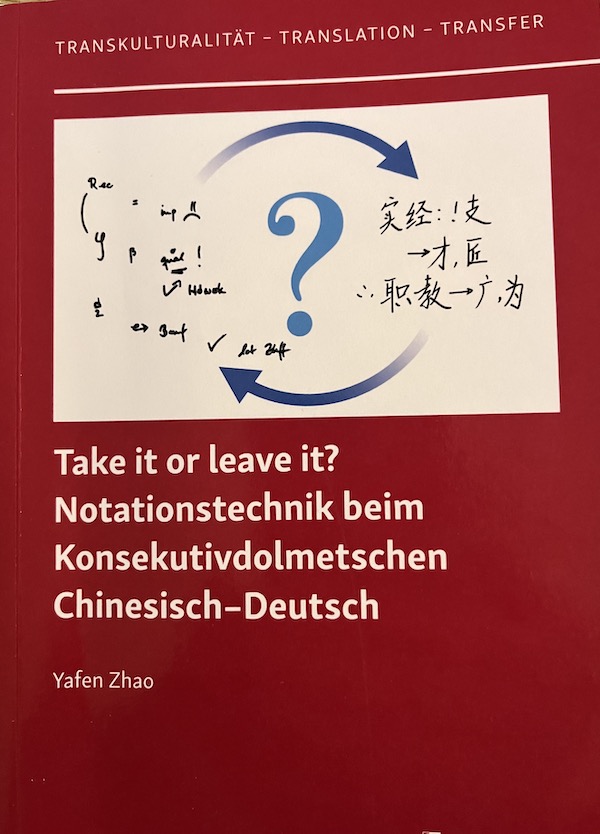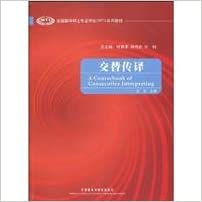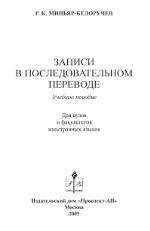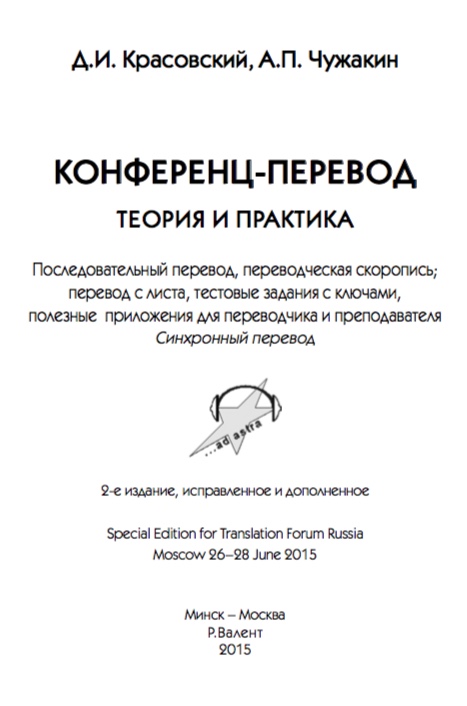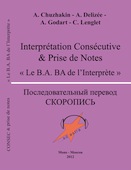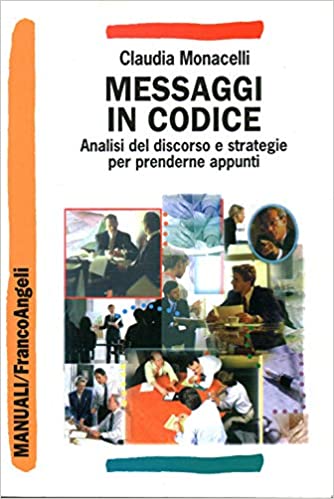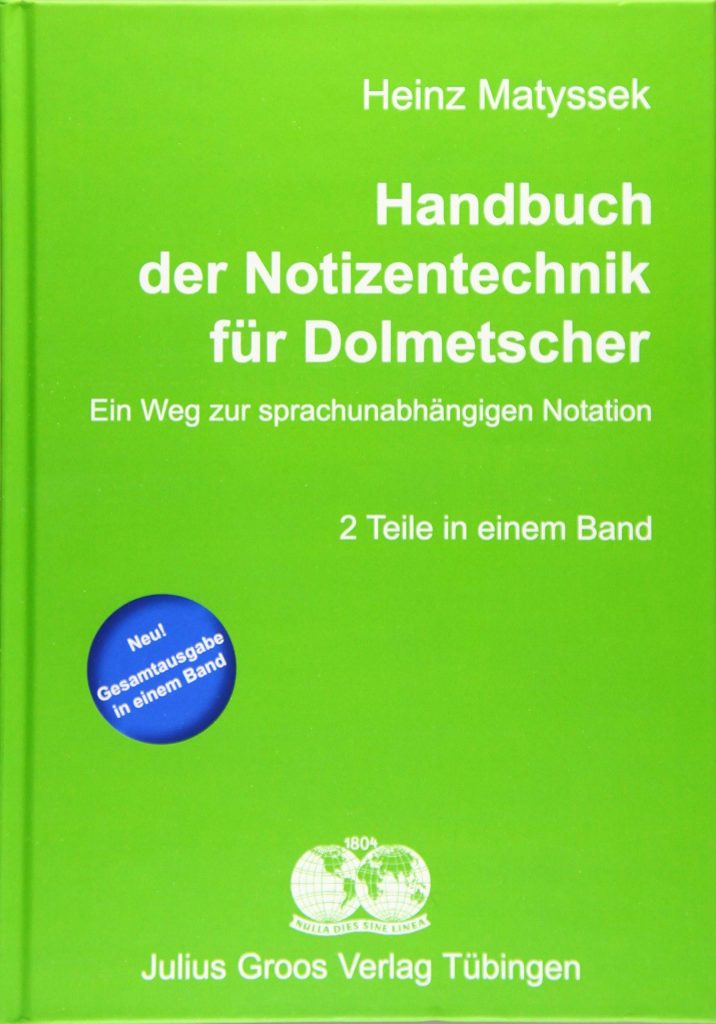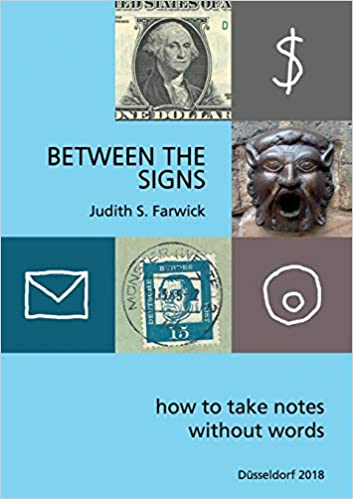The following is taken from p.87 of the excellent…
Conference Interpreting – A Complete Course by
Robin Setton and Andrew Dawrant
Active Listening: aids to memory
* Maximise concentration.
* Mobilize knowledge of subject matter and communication situation.
* Squeeze as much meaning as possible from the input: analyse what the speaker means and how it fits into the speech
* Mentally process the information using different modes of experience, for rich encoding.
- visual: visualising a mental scene of what the speaker is describing, using spatial representation where possible and appropriate;
- verbal: tagging each point (idea sequence, “paragraph”) with a short label, word or phrase – a pre-cursor to note-taking. This can be powerfully combined with spatializing, by assigning each tag to one finger, or to a location in a mind-map of the speech (cf. Yates 1966; Spence 1984);
- predictive: trying to anticipate where the speaker is going and what s/he will say next;
- cognitive: linking what the speaker is saying to your own knowledge;
- perceptual and emotional: trying to experience what the speaker is saying through different senses (“smelling” a croissant baking; or when hearing “feminization of poverty” picturing and empathizing with women left behind in rural villages);
- critical: registering your own reaction to what the speaker is saying (agree? disagree? is it logical?)
- projective: imagining how the audience will react
* Chunk/segment the speech passage into blocks, or points, and note connections and links.
* Create a mental map/outline of the speech
The result should be a structured, coherent mental model, with rich encoding of speaker meaning, details and desired communicative effects.
